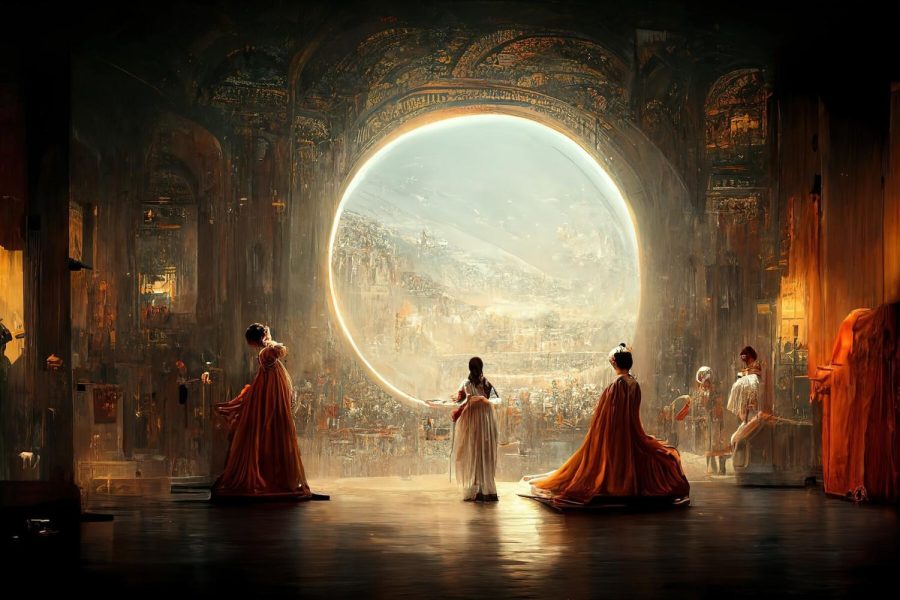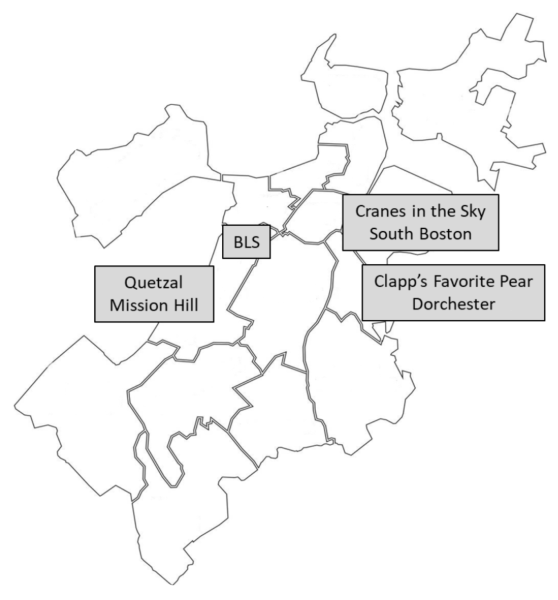Art Without Humanity
Robots, cars and computers. For several decades, artificial intelligence (AI) has extended its influence into areas that tiptoe closer and closer into the realm of daily life. Its ability to mimic and initiate human tasks such as facial recognition, directing vehicles and reciting the weather has won over many users.
We currently live in a world where art can be created from mere words and phrases typed into a text box. A work of art that might have taken an ordinary person weeks or even months to complete can now be synthesized with the click of a mouse or a tap on a screen — like ordering from Doordash or sending an email. But what distinguishes computer-generated art from other convenient services is that AI gains sources from existing artworks. The New York Times calls it “a high-tech form of plagiarism.”
While AI art marks a revolutionary turning point in the art world, there are reasons to question its ethics. First and foremost, what is considered AI art, as opposed to any other work created with the help of a computer? In our modern society, technology has become a staple in the creative process. In fact, the majority of the music industry uses computer-generated instruments and sounds to produce songs.
Apps such as Procreate and Concepts provide users with a variety of digital brushes and tools that can be used to create original pieces of art online. Is this unethical, or is it just a prime example of how technological advancements go hand in hand with human creativity?
Due to the fine line distinguishing what is AI-generated art and what is not, there have been a variety of software programs sparking controversy among artists in recent years. AI image generators and photo editing apps such Dall–E 2, Midjourney and Lensa have recently surfaced on the web. While such apps are cheap and accessible, they also imitate styles that may have taken artists many years to develop, discrediting the importance of human creativity.
Such apps are programmed to analyze thousands of images of pre-existing artworks and use them to imitate a specific style or aesthetic. They memorize the database of images in order to create similar ones. Because these pieces of art are made by real people, however, artists are concerned that they will eventually take their jobs and livelihood.
A piece of AI-generated artwork called Theatre D’Opera Spatial recently won first place in the Colorado State Fair, which raised eyebrows, and in some cases, Twitter outrage. Jason M. Allen, the winner of this competition, states in a The New York Times article by Kevin Roose that “he empathized with artists who were scared that AI tools would put them out of work […] but their anger should be directed not at individuals who use Dall-E 2 or Midjourney to make art but at companies that choose to replace human artists with AI tools.”
Given that apps like Midjourney are available for public use, can the artwork truly be attributed to a single person when anyone else can replicate it using the same keywords and software? Regardless of who is manipulating tools that generate AI art — individual or corporation — it is important to hold anyone accountable if they have an unfair advantage.
Mindmatters.ai also poses the question: “If all art were only a synthesis of prior art, then we must ask, where did the prior art come from?” After all, being influenced by previous works and simply meshing them together are entirely different. True artistry comes from creating something raw and original, even if it’s based on what has already been made.
Valeria Serna Lopez (II) expresses her concerns, “I believe that [AI art] takes away from human creativity, and it won’t be appreciated as much if [it] can create what humans should. That’s why I think small businesses are suffering because corporate agendas are taking over.”
Sofia Farah (II) echoes, “To me, part of the meaningfulness behind art comes from the human mind that created the piece. For that reason, I don’t think AI art is true art.”
Although AI has proven beneficial in other areas of life, it does not belong in the realm of human creativity. Making art is not a matter of convenience. It is about expressing complex emotions and originality, things that a computer cannot truly replicate.







